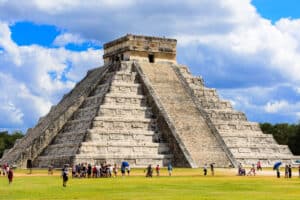¡Hola amigos! Are you ready to embark on a whimsical journey filled with delightful surprises? Bienvenidos a México, the land of tacos, sombreros, and fascinating traditions.
Whether you’re a seasoned traveler or a curious adventurer, these facts about Mexico will make you smile and deepen your appreciation for this beautiful land. So grab a margarita and get ready to be mesmerized by the wonders of Mexico!
30 Fun Facts About Mexico
Mexico holds a special place in the hearts of both locals and visitors. Its rich cultural heritage, spanning thousands of years, makes it a treasure trove of fun facts waiting to be discovered.
Mexico’s diverse culture and captivating traditions have left an indelible mark on its identity, from the mysterious Mayan ruins to the festivals that enliven the streets. Get ready to delve into a world where every corner tells an engaging story, and every fun fact unveils a new layer of Mexico’s extraordinary history.
1. Mexico Invented the First Colored TV

Did you know Mexico is the birthplace of the world’s first color television?
In 1940, Mexican engineer Guillermo González Camarena built the “Chromoscopic Adapter for Television Equipment,” an innovation that enabled the transmission and reception of color television signals. This ground-breaking invention transformed how we view visual media and set the stage for the lively, colorful broadcasts we now all enjoy.
2. The World’s Largest Pyramid Is in Mexico
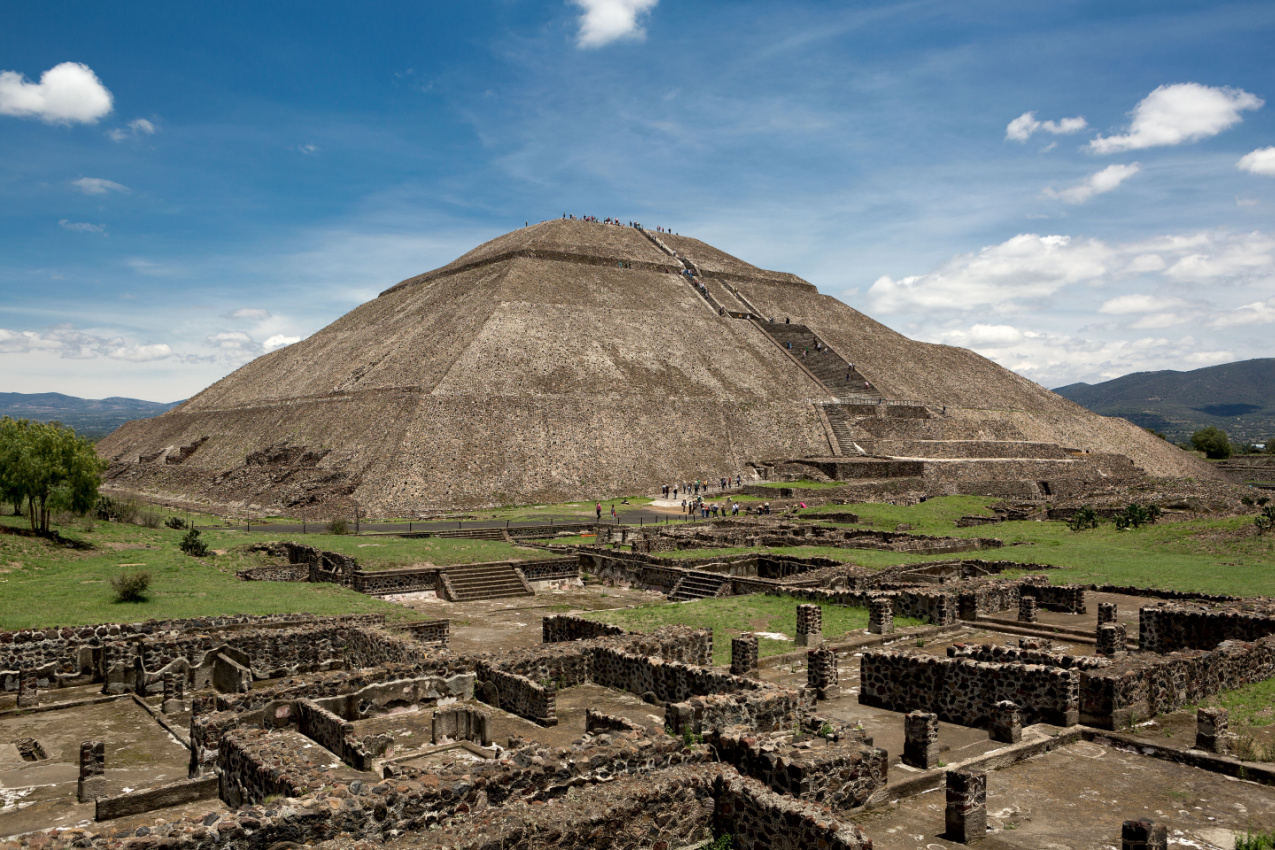
Prepare to be awestruck.
Mexico is home to the world’s largest pyramid, the mighty Pyramid of Cholula!
This architectural masterpiece in Puebla is an ancient wonder dating back to pre-Columbian times. Its sheer size is four times greater than the Great Pyramid of Giza! The Pyramid of Cholula stands over 180 ft tall and is a testament to the excellent engineering abilities of Mexico’s ancient civilizations.
3. Mexico Is the Largest Coca-Cola Consumer in the World
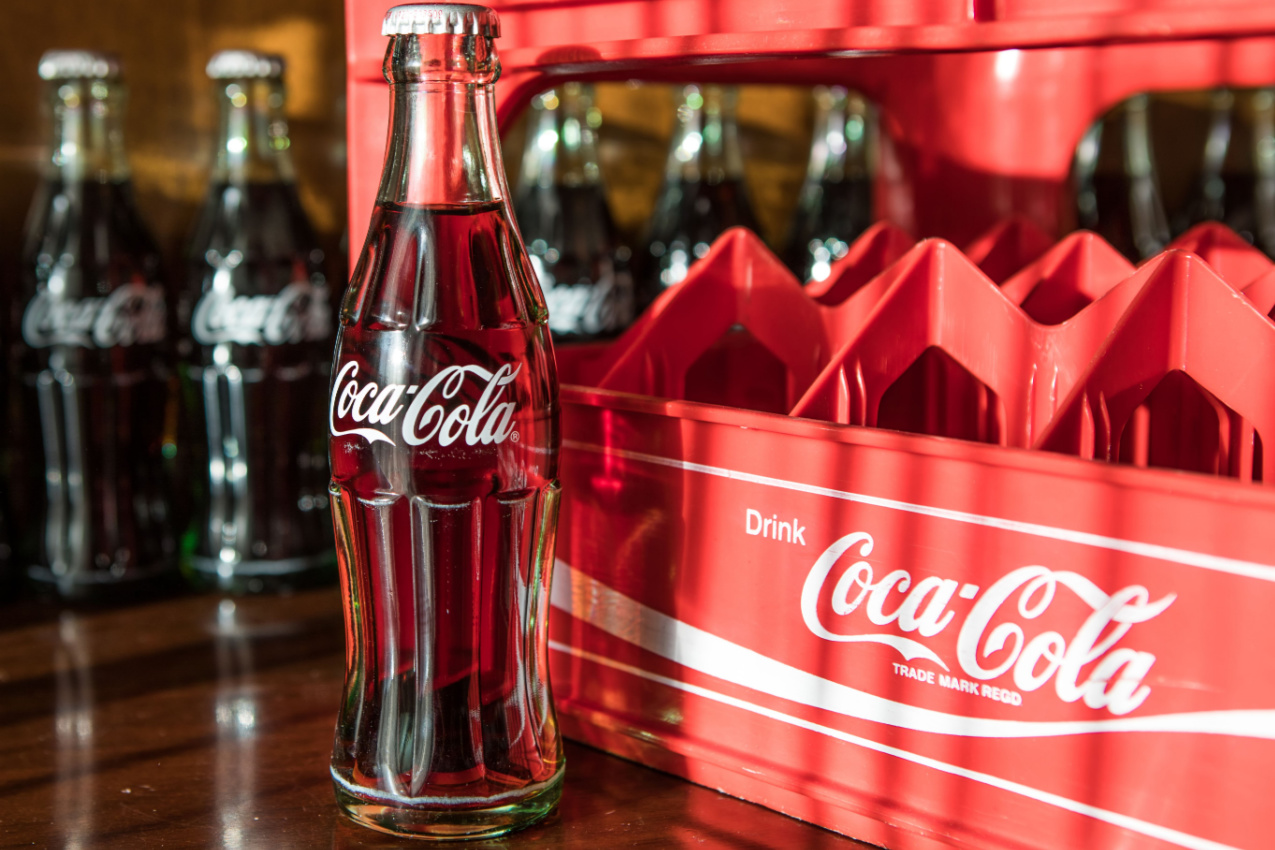
Mexico holds the title of the largest consumer of Coca-Cola in the world!
Although it’s known for its traditional drinks like horchata and aguas frescas, Mexico has grown particularly fond of the world’s most famous carbonated beverage.
Coca-Cola is a staple of social events, dinners, and celebrations in Mexico, whether it’s consumed ice-cold from glass bottles or with a straw from a street vendor’s cart. So, next time you visit Mexico, raise a glass of cola and enjoy the fizzy fun with the locals!
4. The Meteor That Killed Off the Dinosaurs Struck in Mexico
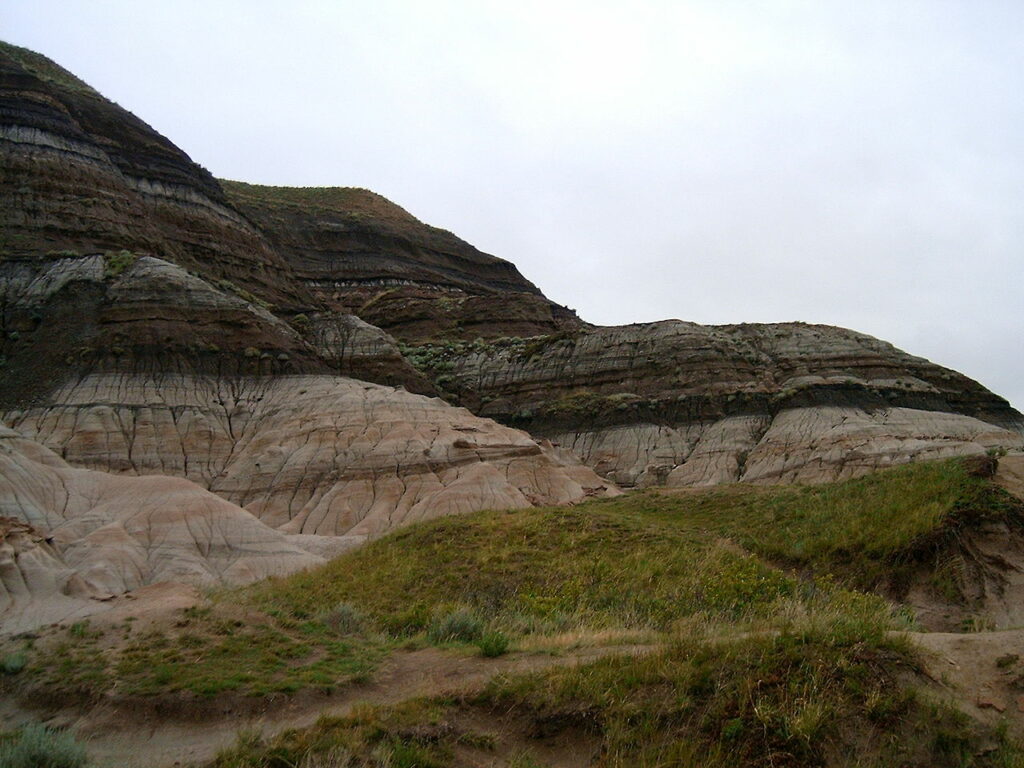
The meteor that is believed to have caused the extinction of the dinosaurs struck Mexico!
A massive asteroid or meteor measuring about 6 miles (10 kilometers) in diameter hurtled through space approximately 66 million years ago. Falling on Earth, it hit what is known as the Chicxulub crater located on the Yucatan Peninsula.
This massive celestial body is thought to have wiped off dinosaurs and countless other species.
5. Chocolate Originates in Mexico
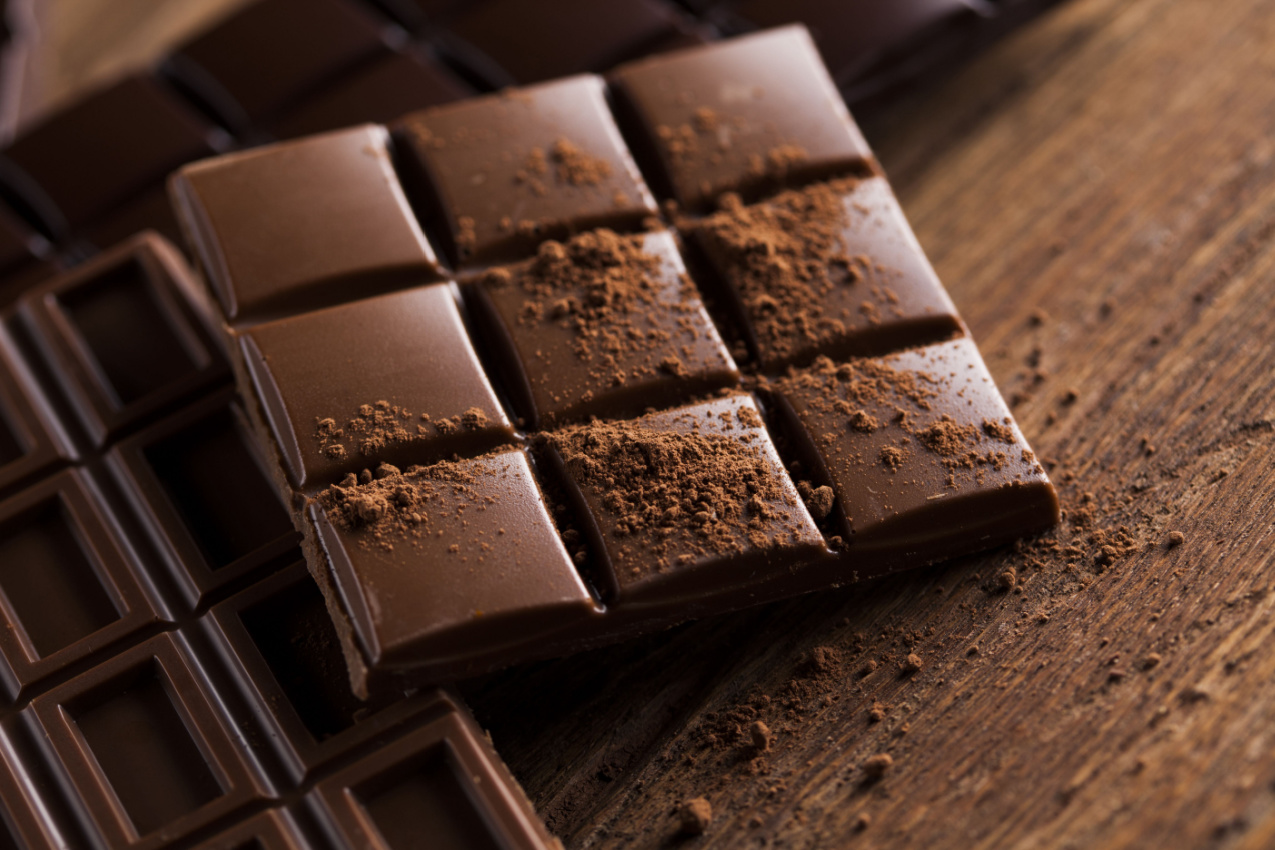
Did you know that Mexico also holds the esteemed title of the birthplace of chocolate? The treat we all enjoy today originates in the Mayan and Aztec cultures of ancient Mesoamerica.
The indigenous people believed that cacao was a divine gift from the Gods. So they made a bitter, foamy drink called “xocoatl” from crushed cacao beans and frequently flavored it with chili and other spices.
This unusual beverage was introduced to Spanish explorers when they first came into contact with the Aztecs in the 16th century. Then the Spanish carried the cacao and the xocolatl recipe back to Europe, where it was gradually transformed into chocolate.
6. 69 Different Languages Are Spoken in Mexico
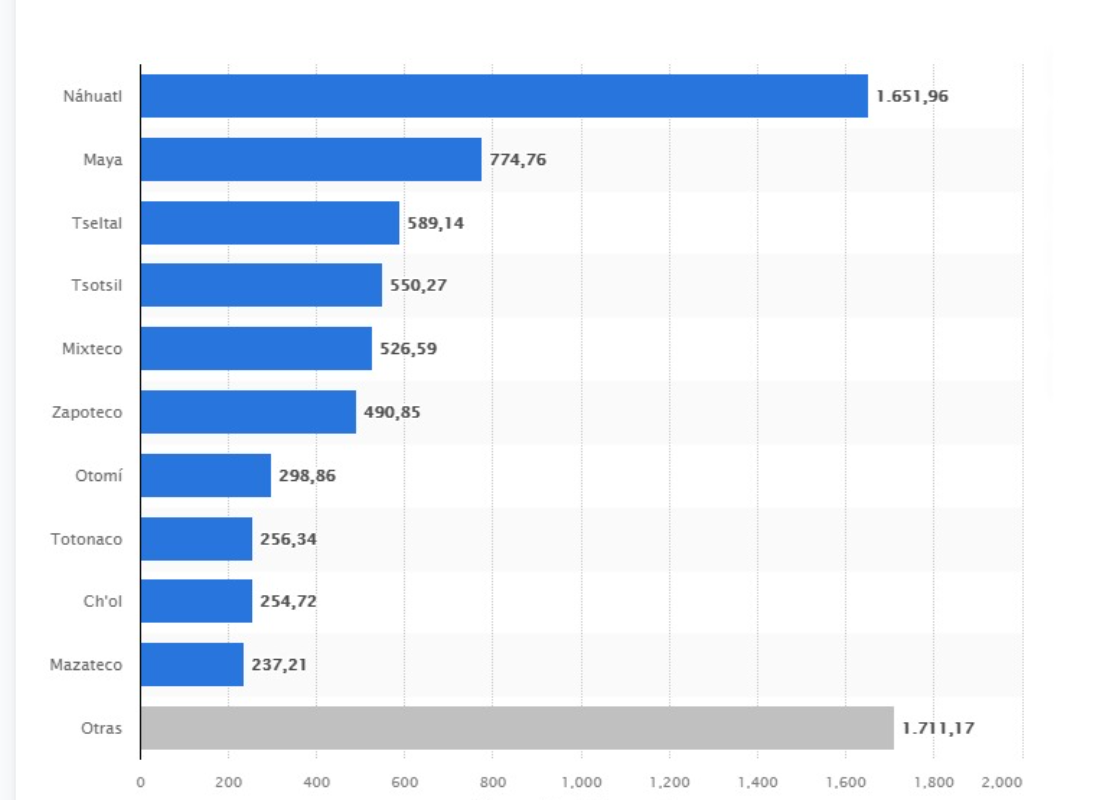
Mexico has 69 indigenous languages spoken across its lands and many communities.
Although Spanish is Mexico’s official language, many indigenous languages have survived and are still spoken today. Among the most widely spoken ones are Nahuatl, Maya, Zapotec, Mixtec, Otomi, and Totonac.
The Mexican government recognizes the importance of conserving these languages and is working to increase their use. Some schools in indigenous areas, for example, provide bilingual education in both Spanish and the native language. ¡Qué maravilla!
7. Mexico City Is the Second City in the World With the Most Museums
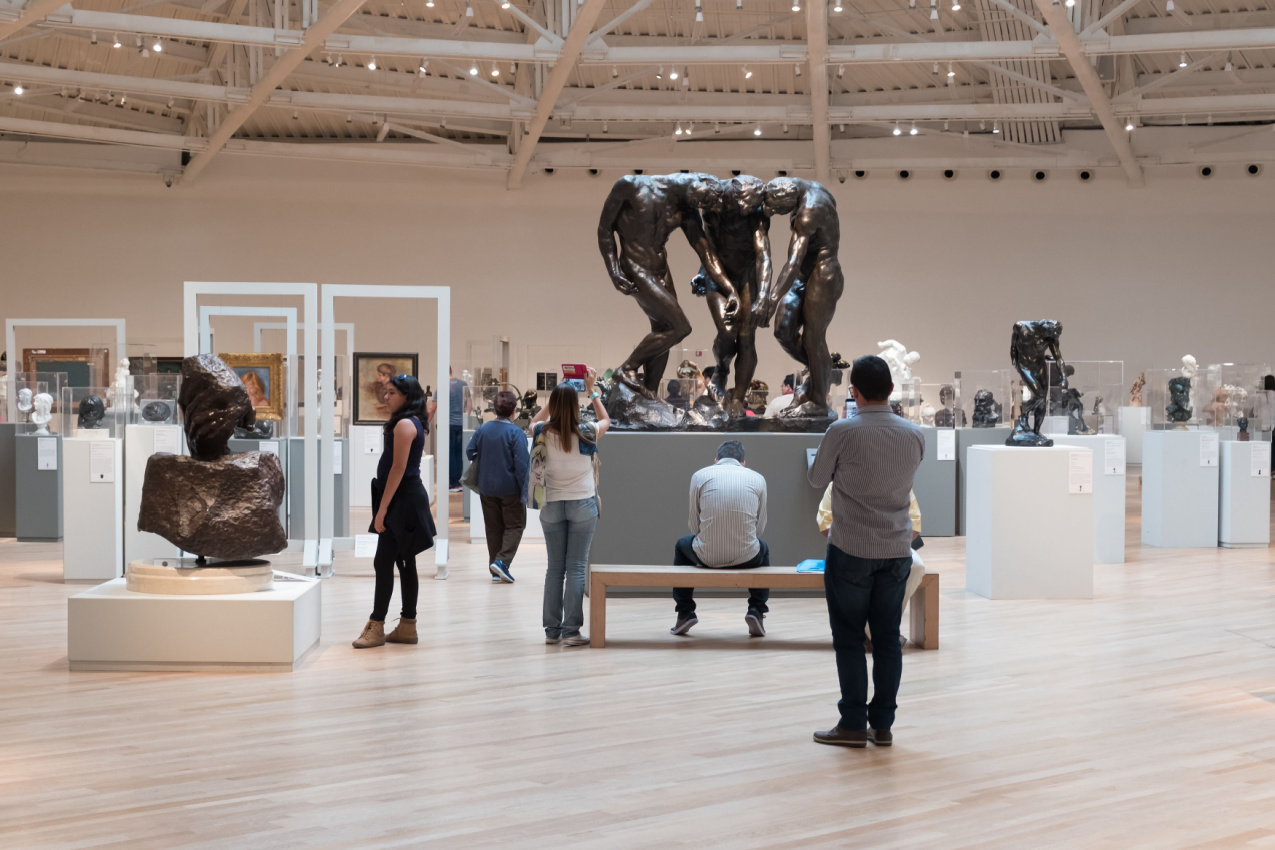
Mexico City is the second city in the world with the most museums, following Paris.
Mexico City has an astonishing number of museums that cover every interest imaginable. It’s believed there are more than 150 museums in the city alone. As a result, it’s a gold mine of information and inspiration, whether you’re admiring the iconic artifacts in the National Museum of Anthropology, submerging yourself in the world of Frida Kahlo at the Frida Kahlo Museum, or exploring the mysteries of the universe at the Palace of Fine Arts.
8. Mexican Cuisine Is Part of UNESCO’s List of Cultural Heritage
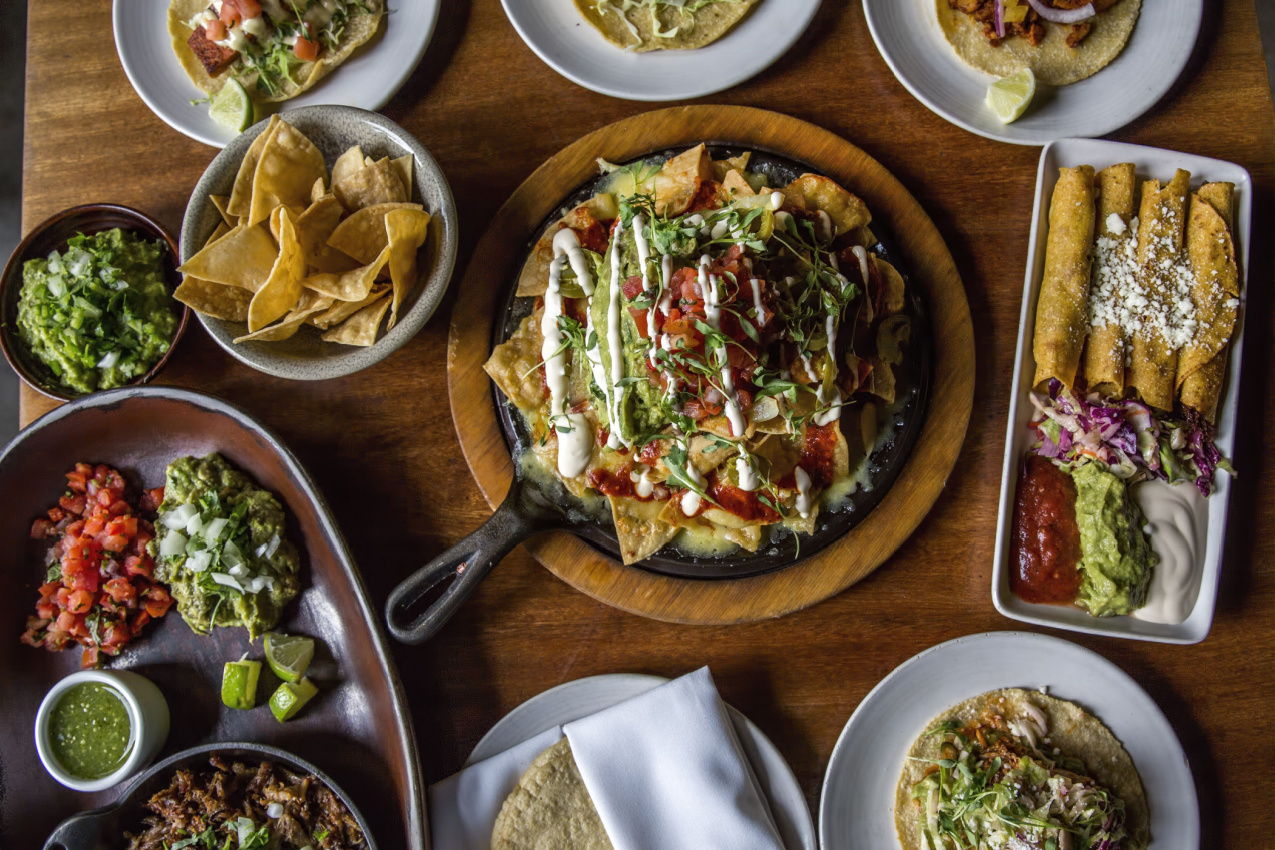
Mexican food has been proclaimed a cultural treasure by UNESCO!
Traditional Mexican cuisine was included in UNESCO’s Representative List of Humanity’s Intangible Cultural Assets in 2010. This honor recognizes Mexico’s centuries-old culinary traditions and cooking techniques passed down through generations.
UNESCO’s recognition of Mexican cuisine also emphasizes Mexico’s community bonding, as traditional Mexican foods are frequently cooked and served in a communal setting, reinforcing relationships and encouraging a sense of togetherness.
9. Mexico Holds the Shortest Period of Presidency in the World
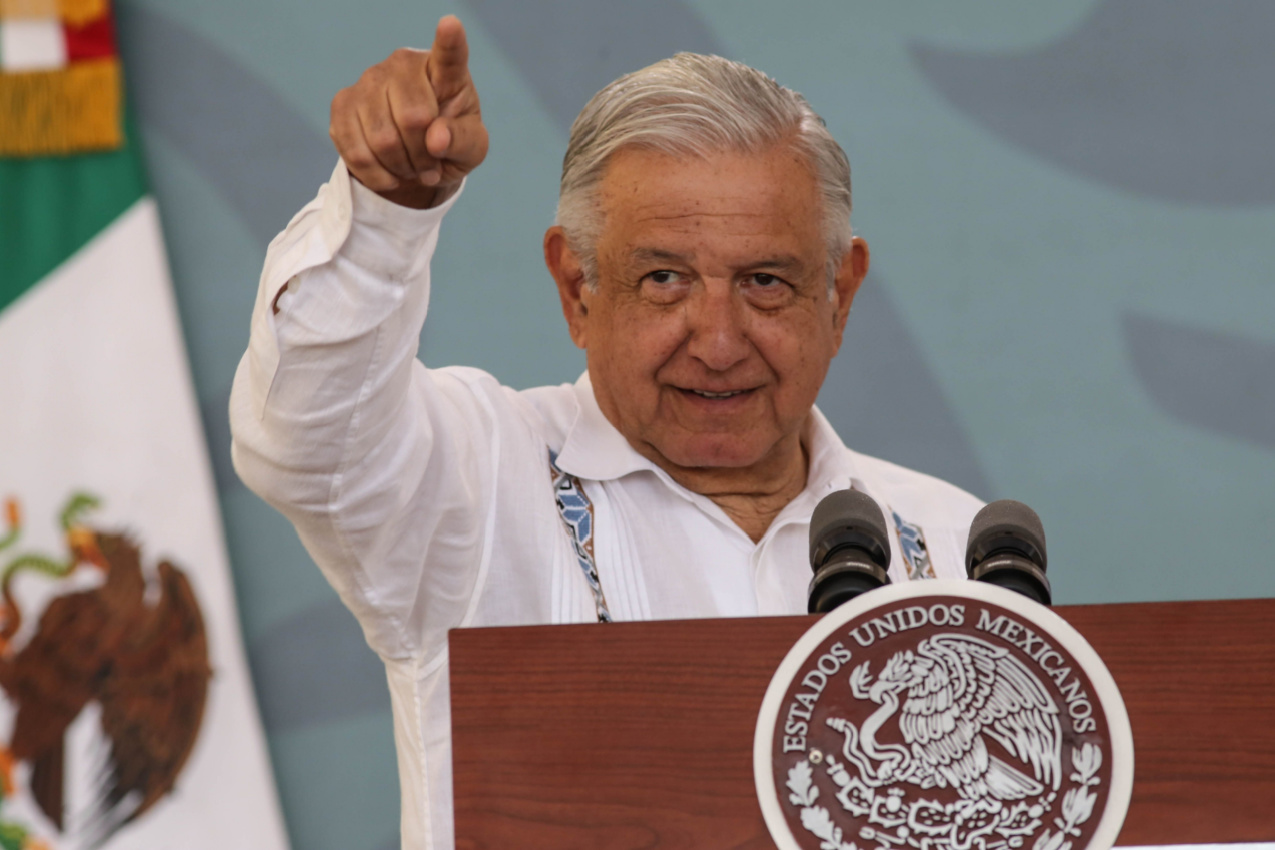
The record for the shortest presidency in history belongs to Mexico! In a truly unique turn of events, the presidency of Porfirio Díaz lasted only 45 minutes on November 20, 1911.
On the morning of November 20, 1911, Daz took his oath of office for his ninth term as president in a symbolic and quick ceremony. However, following rising pressure from opposition parties, he was forced to resign as president. Not even an hour later, he resigned, allowing Francisco Madero to take over the presidency.
10. In a Battle, the Mayan Would Throw Hornet Nests at Their Enemies
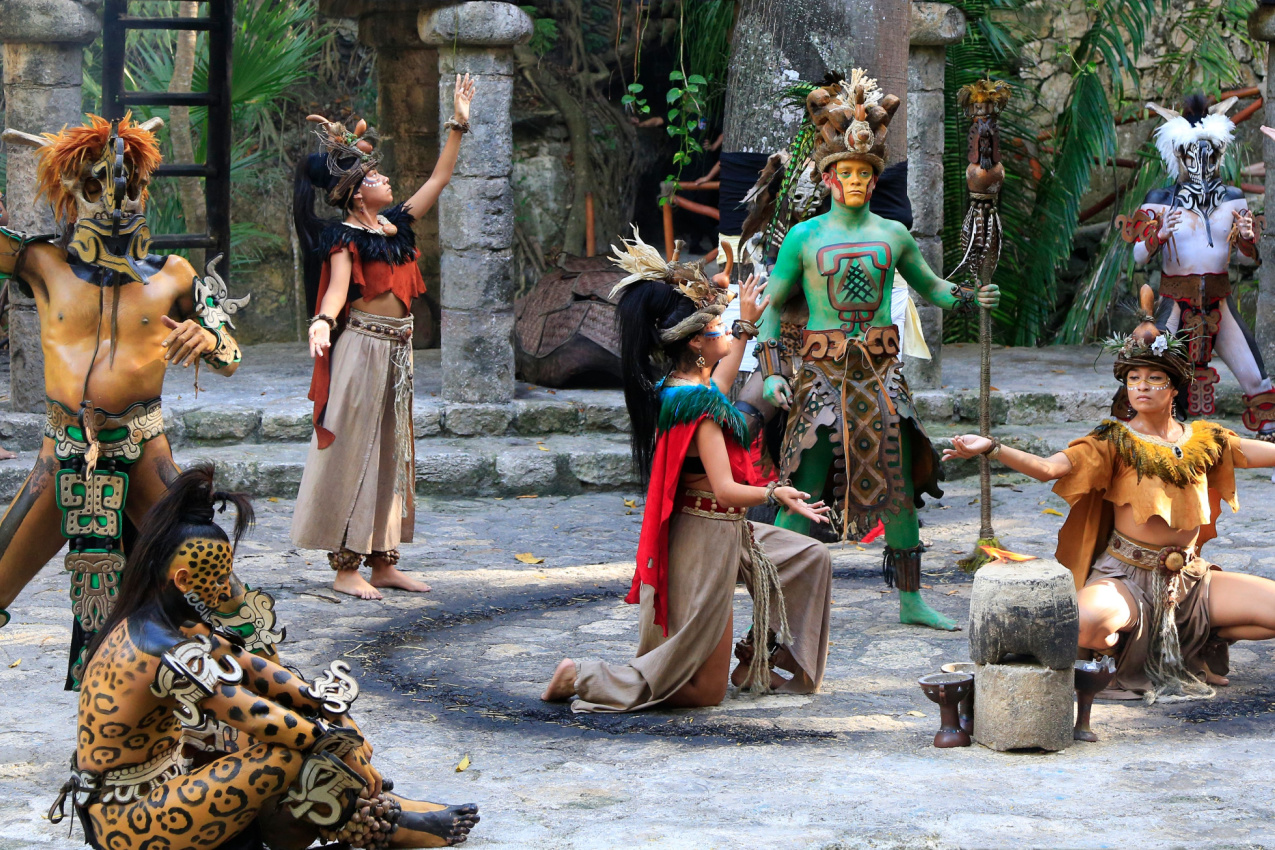
The Mayans, an ancient Mesoamerican civilization renowned for their excellent fighting abilities, cleverly used nature to gain an advantage in battle — by throwing hornet nests at their opponents.
Hornet nests are home to the aggressive and venomous hornets, the largest species of the eusocial wasps. In times of conflict, the Mayans would gather these nests and toss them straight at their enemies, unleashing swarms of enraged hornets that would wreak havoc among the opposing forces.
11. The Aztec People Practiced Human Sacrifice
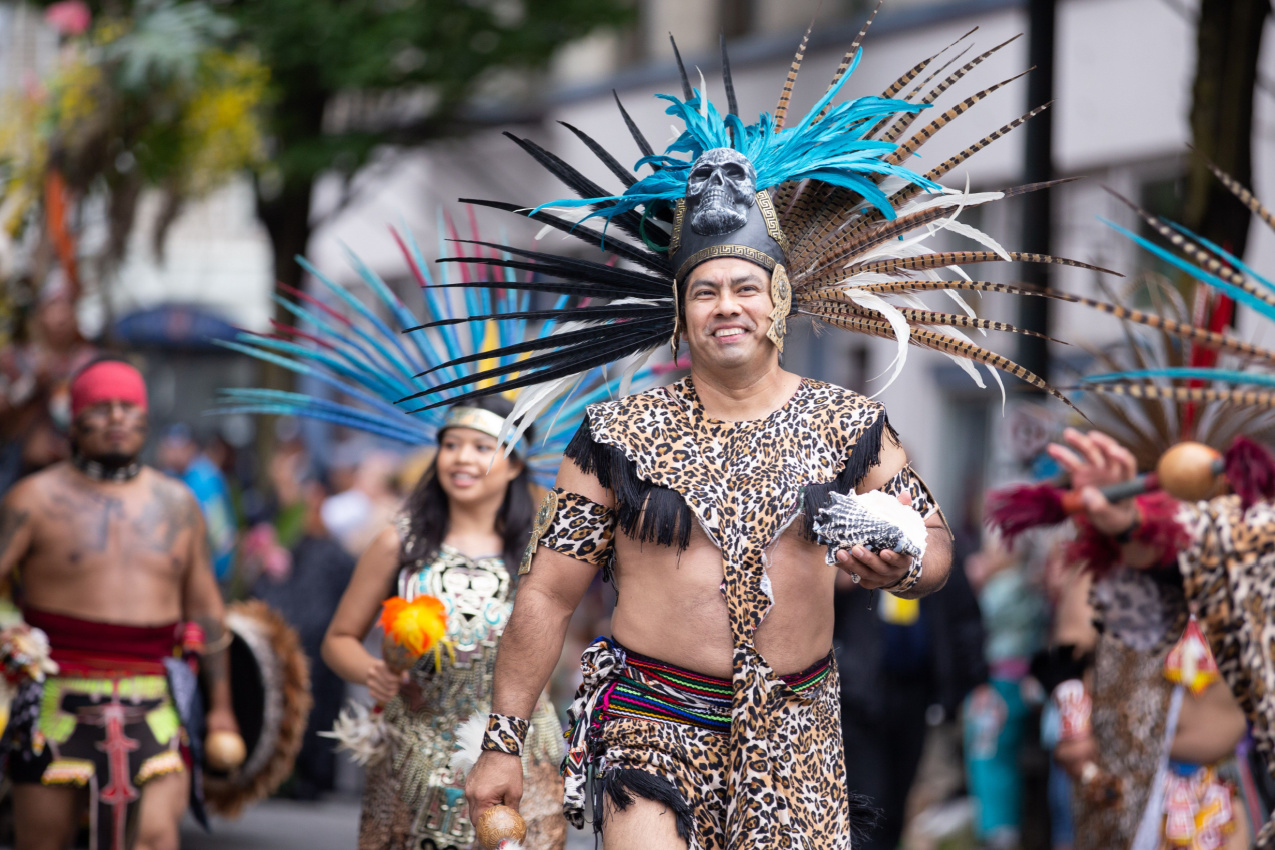
Human sacrifice played a crucial role in Aztec religious and cultural traditions.
According to the Aztecs, the gods needed human blood to maintain the universe and ensure agricultural productivity, bountiful harvests, and protection against natural disasters. The victims of human sacrifice were often captives from battles or members of conquered tribes.
One of the most well-known and shocking rituals was the Festival of the Flayed God, where priests would slay people and then dress in their skins to represent the rebirth of life and vegetation.
12. Tomatoes Originate in Mexico

Now for a lighter-hearted and more amusing fun fact, let’s discuss tomatoes. Those delicious vegetables (botanically, fruits), a staple in all cuisines worldwide, are actually Mexican in origin!
The indigenous people of Mexico domesticated tomatoes as early as 700 AD. They grew and produced various tomato varieties in size, color, and flavor.
Nowadays, tomatoes are a prominent ingredient in countless dishes worldwide, from fresh salads and salsas to rich pasta sauces and soups.
13. Popcorn Was First Domesticated in Mexico

Popcorn, a beloved snack enjoyed worldwide, was also first domesticated in Mexico!
Popcorn was first grown and consumed by native populations, including the Aztecs and the Mayans. They noticed that the kernels would pop and change into fluffy, edible bits when heated. So the corn was heated in clay pots or directly over a fire and seasoned with different herbs and spices. Popcorn gained popularity quickly, and today is the the #1 snack during a movie night!
14. Mexico’s National Sport Is the Charrería
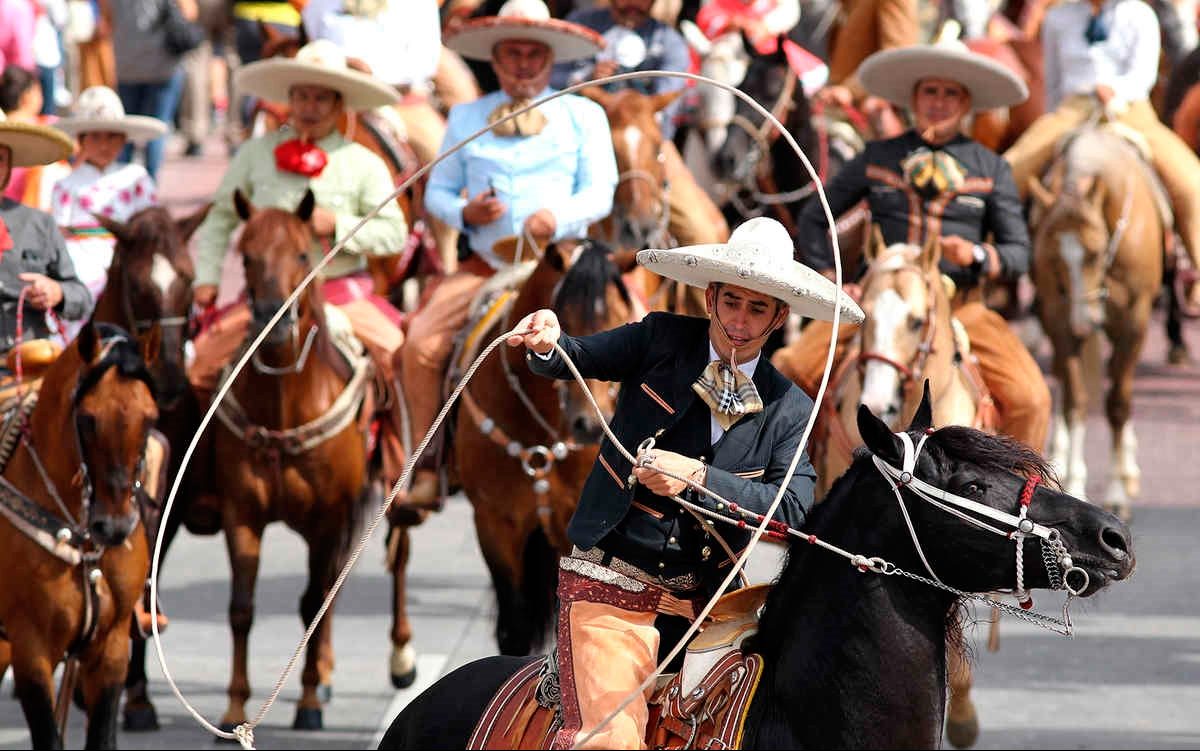
Mexicans hold a special place in their hearts for charrería, which has been recognized as the national sport of Mexico since 1933.
In a Charrería competition, also known as a charreada, competent charros (skilled horsemen) showcase their mastery of horsemanship, roping techniques, and ranching skills. One example is precision roping, or “suerte de lazo,” where competitions have to rope and immobilize cattle expertly. Other activities in charrería competitions include bull riding, trick roping, reining, and horse riding performances.
15. The Caesar Salad Was Invented in Mexico
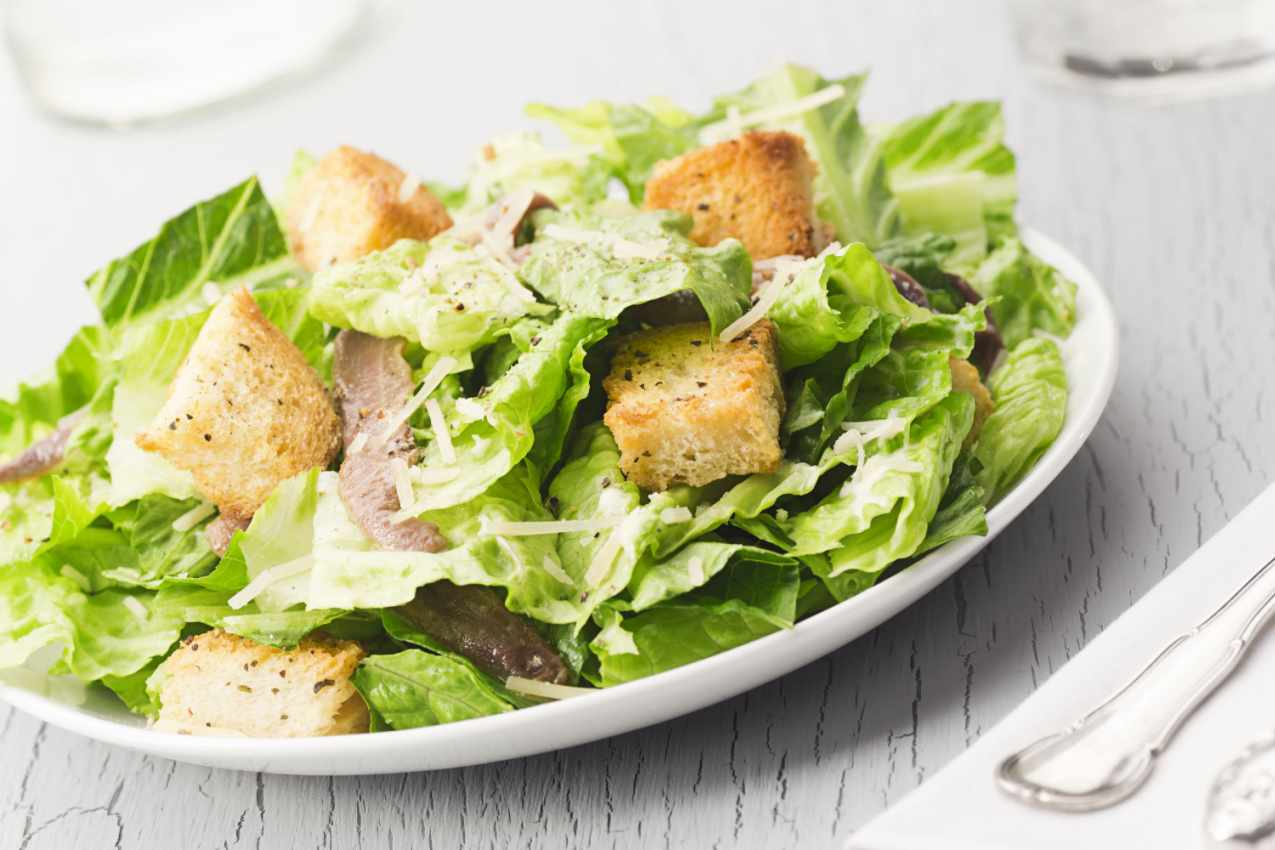
The Caesar salad, a popular culinary delicacy, originated in Mexico, in the bright coastal city of Tijuana.
The salad was invented by an Italian-American chef named Caesar Cardini in the 1920s. Cardini owned a restaurant in Tijuana, and during a hectic 4th of July weekend in 1924, his restaurant was so crowded that he ran out of ingredients.
He improvised with what he had at hand, took some romaine lettuce, garlic, Parmesan cheese, lemon juice, olive oil, Worcestershire sauce, and an uncooked egg, and made the tasty salad that would go on to become legend!
16. Mexico Belongs to the Ring of Fire
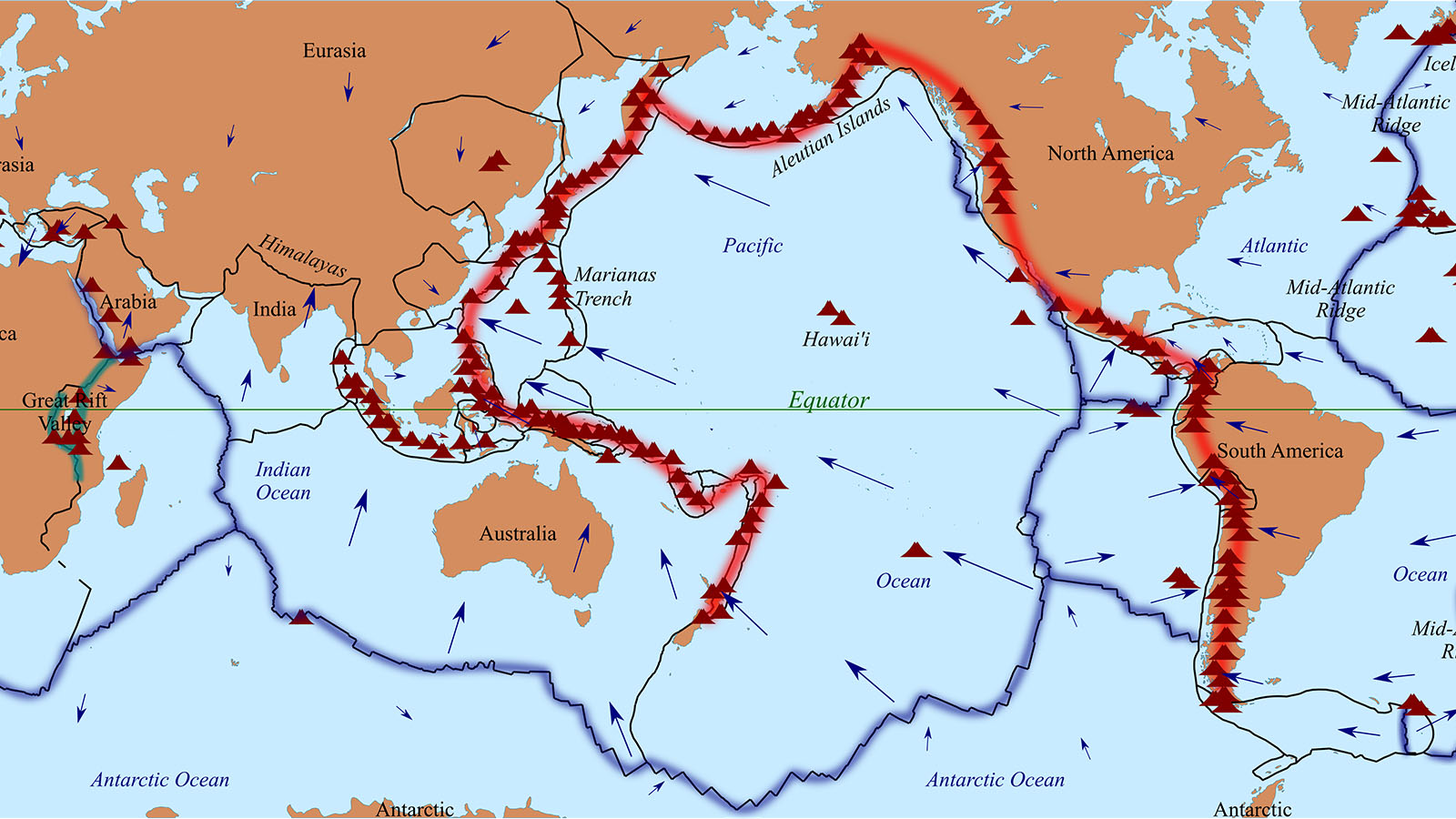
Mexico is part of the Ring of Fire, an area in the Pacific Ocean basin known for strong volcanic and seismic activity. It stretches over 40,000 kilometers (25,000 miles) and is home to nearly 75% of the world’s active volcanoes.
Mexico, situated on the western edge of the North American Plate, falls within the boundaries of the Ring of Fire. The country boasts a remarkable number of active volcanoes, with over 40 located within its borders. Some of the most notable volcanoes include Popocatépetl, Colima, and Paricutín.
17. Mexico Has the World’s Smallest Volcano
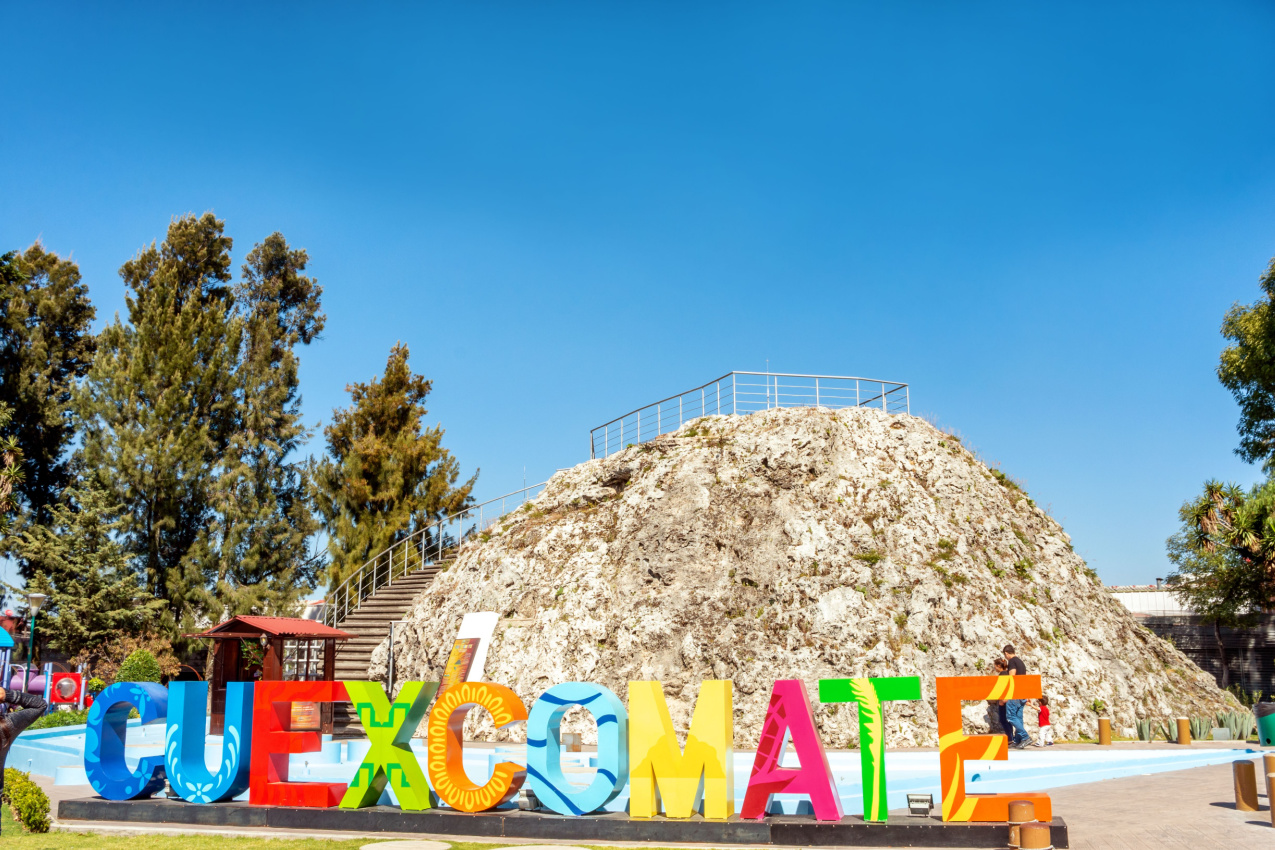
Speaking of volcanoes, here’s another interesting fact: Mexico is home to the world’s smallest volcano, the Cuexcomate volcano! This tiny wonder is located in Puebla and stands only 13 meters (43 feet) tall!
The volcano is thought to have been created during a powerful eruption in the 11th century, leaving behind a cone-shaped crater that has grabbed the imagination of many. Cuexcomate hasn’t erupted in thousands of years, so it’s safe to enter and get a close-up view of its volcanic interior.
18. Mexico Has the World’s Largest Tree
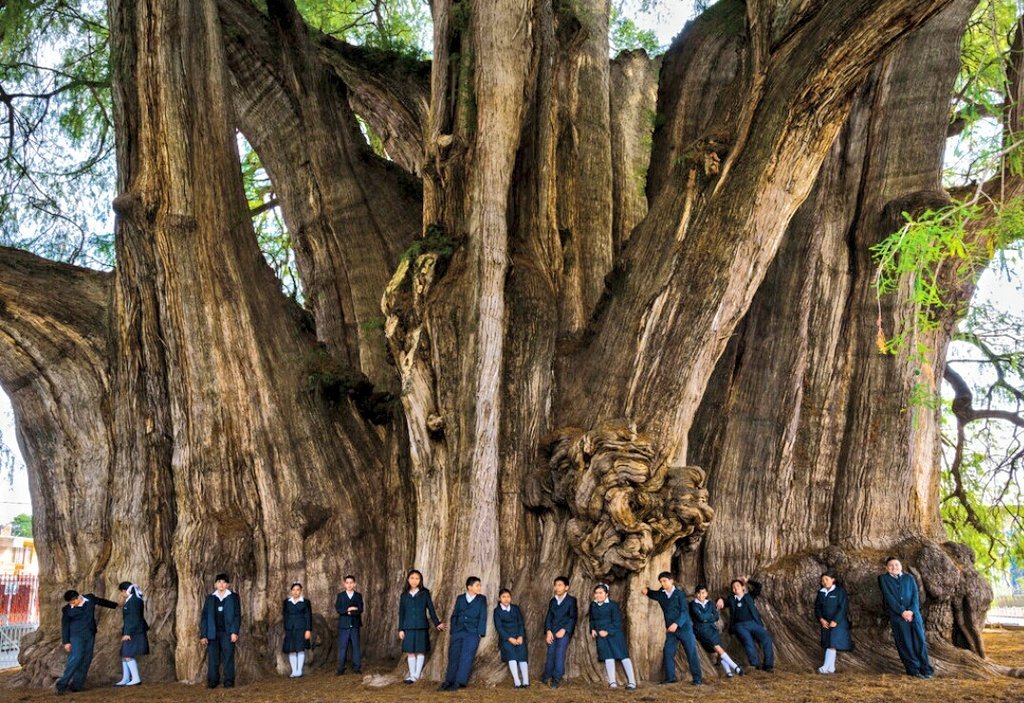
El Arbol del Tule, the largest tree in the world by volume, is located in Mexico!
This magnificent tree is found in the Oaxacan town of Santa Maria del Tule and is thought to be more than 2,000 years old! The remarkable girth of this tree measures about 36.2 meters (119 feet) in circumference and has a towering height of roughly 40 meters (131 feet).
19. Mexico Is the World’s Largest Producer of Silver
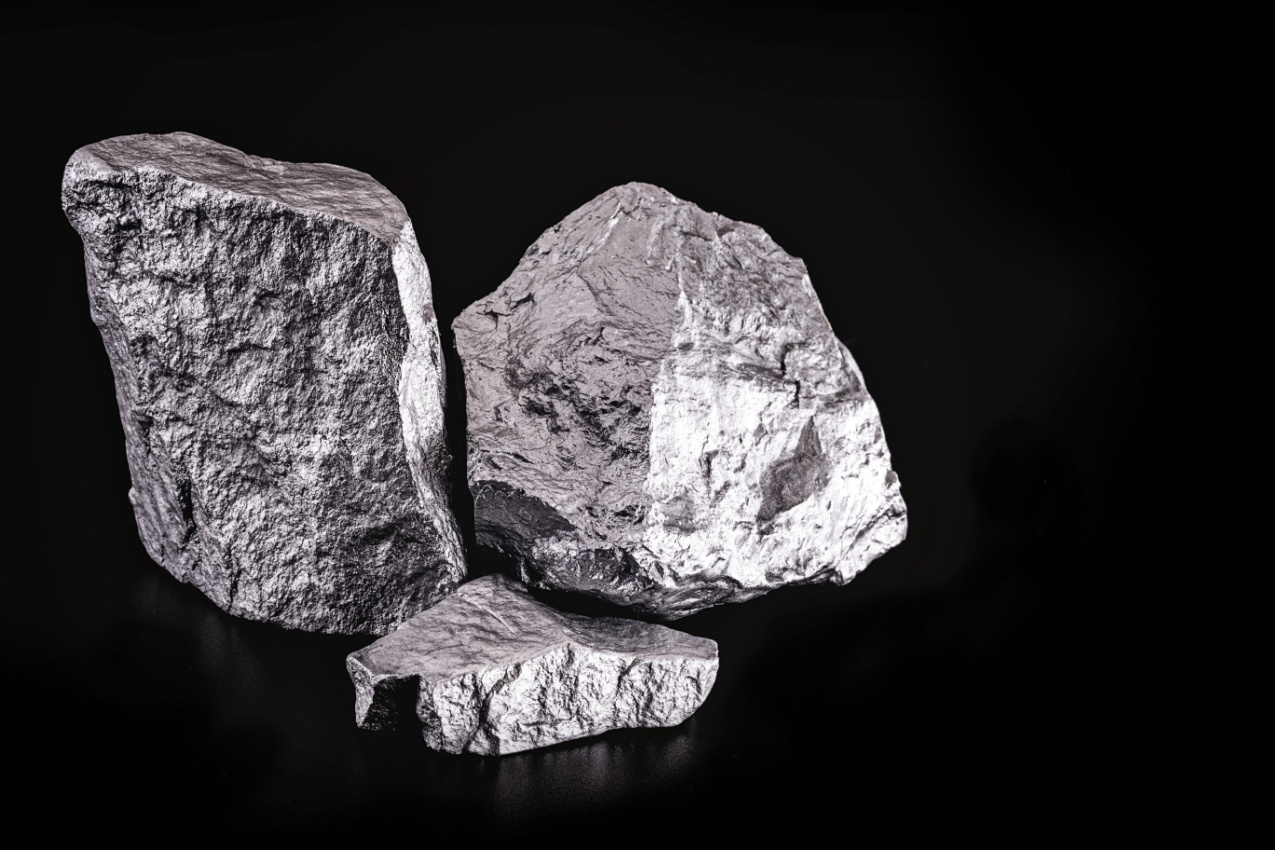
Mexico produces nearly 25% of the world’s silver, making it the top silver producer in the world.
Silver mining has a long history in Mexico, extending back to the Spanish conquest in the 16th century. Mexico is known for producing fine silver goods, such as jewelry, coins, and bullion, and has many mines. The Fresnillo mine is one of the biggest silver mines in the world and the largest in the nation. Other mines include Chihuahua, Durango, and Guanajuato.
The mining sector supports thousands of jobs and makes a remarkable economic contribution to Mexico.
20. The Mexican Flag Represents the Legend of Tenochtitlan
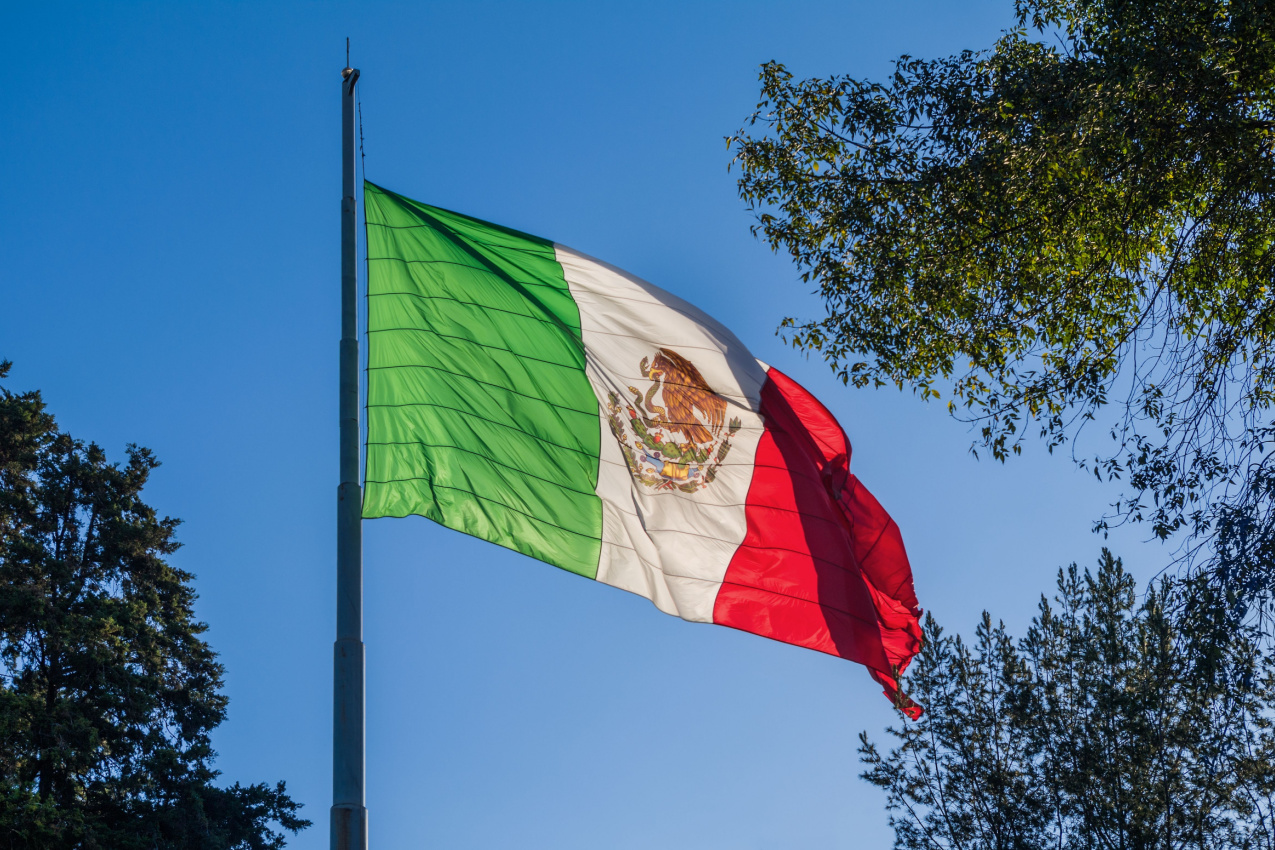
The Mexican flag is a national symbol that embodies Mexico’s rich history and cultural heritage.
The flag’s design dates back to the Aztec Empire and the establishment of the city of Tenochtitlan, present-day Mexico City.
According to a legend, the Aztecs were looking for a place to settle, and upon searching, they came across an eagle sitting on a cactus, carrying a snake in its beak. They interpreted this as a divine sign, so they erected their capital, Tenochtitlan, where they saw the eagle. The eagle, known as the “eagle of Tenochtitlan,” is now at the center of the Mexican flag, perched on a prickly pear cactus and gripping a serpent in its beak and talons.
21. The Traditional Mexican Folk Dance Is Called Jarabe Tapatío
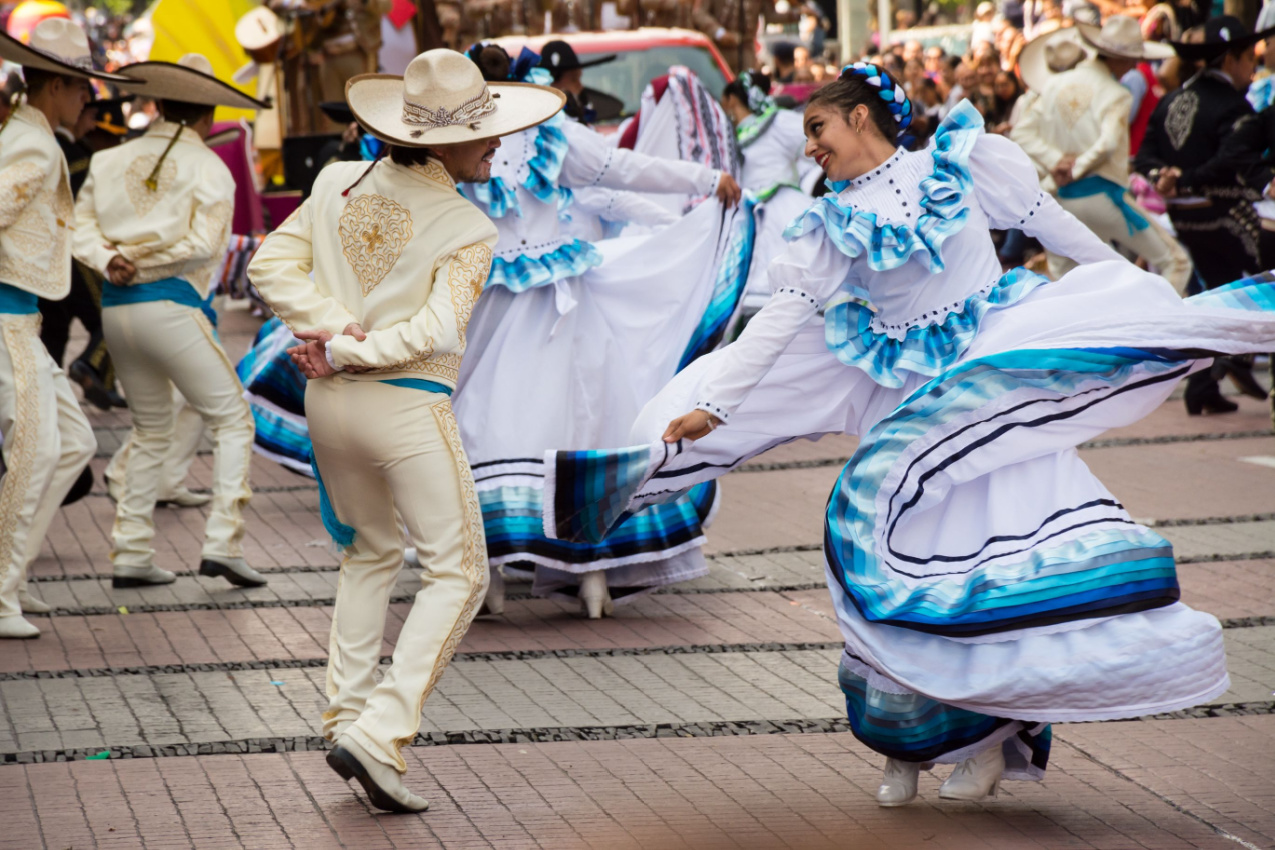
The Mexican Hat Dance, also known as Jarabe Tapatío, is the traditional folk dance of Mexico.
Jarabe Tapatío is distinguished by its vigorous footwork, complex partner choreography, and vibrant traditional attire. The rhythm of the dance is driven by traditional Mexican music, typically played by a mariachi band, which adds to the festive atmosphere.
22. Mexican Artist Frida Kahlo Is One of the Most Celebrated Artists in the World

Frida Kahlo, the revered female artist whose unique style continues to inspire and resonate with audiences all over the world, is from Mexico.
Frida Kahlo was born in 1907 in Coyoacán, Mexico City. Kahlo’s paintings reflect her personal experiences, often exploring themes of identity, pain, love, and female empowerment. Her self-portraits, in particular, offer intimate glimpses into her life, revealing her physical and emotional struggles and her profound strength and resilience.
If you want to glimpse Kahlo’s remarkable paintings, you can do that in the beautiful Frida Kahlo Museum, also known as the Blue House, in Mexico City.
23. The Mariachi Music Is Part of UNESCO’s List of Cultural Heritage
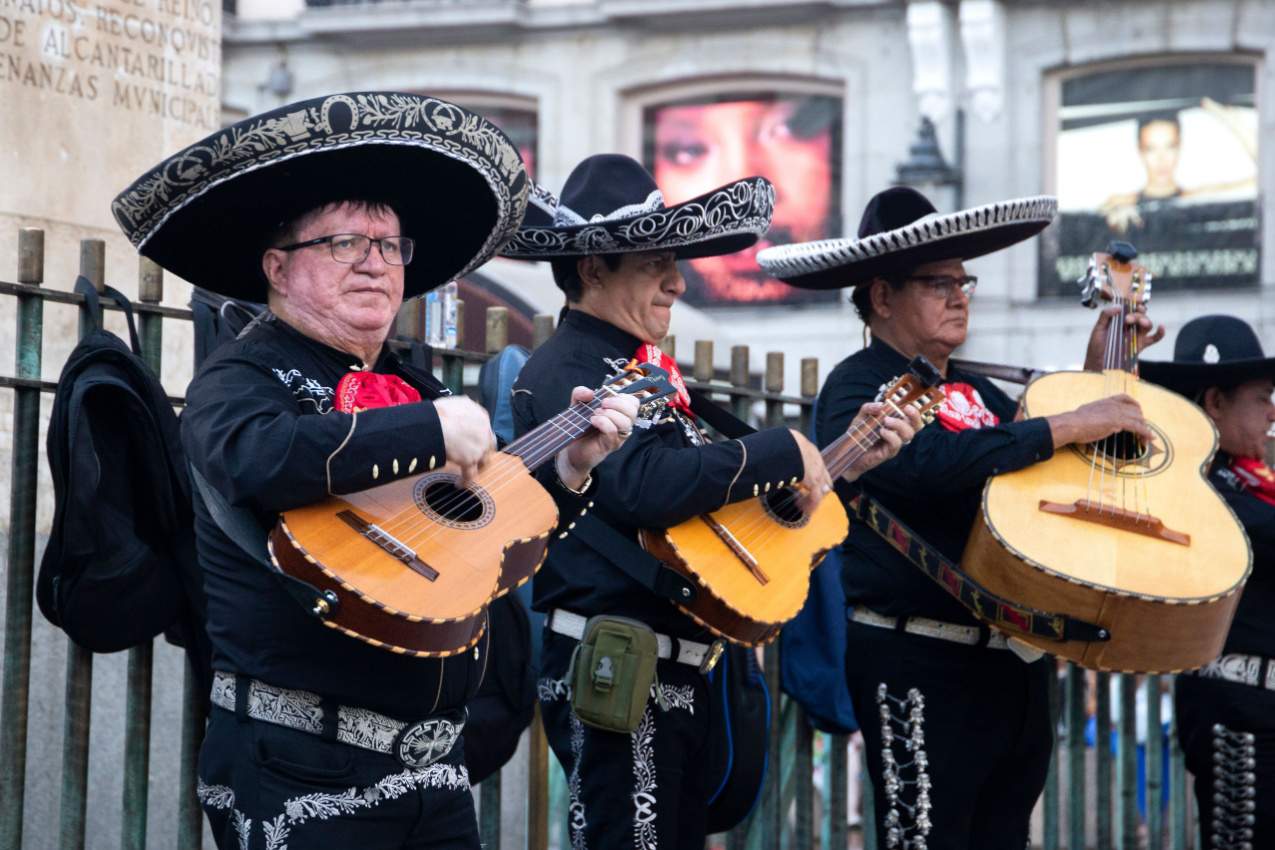
UNESCO has proclaimed Mariachi music as an intangible cultural heritage of humanity.
Mariachi music is a type of traditional Mexican music that consists of a group of musicians dressed in charro suits and performing a range of instruments such as violins, trumpets, and guitars. Its upbeat rhythms, harmonies, and incredible vocals make the music unique.
UNESCO included Mariachi music in its list of Intangible Cultural Heritage in 2011, acknowledging and celebrating its cultural significance and beautiful melodies in Mexico and worldwide.
24. Mexico Is Home to the World’s Largest Underwater Cave System
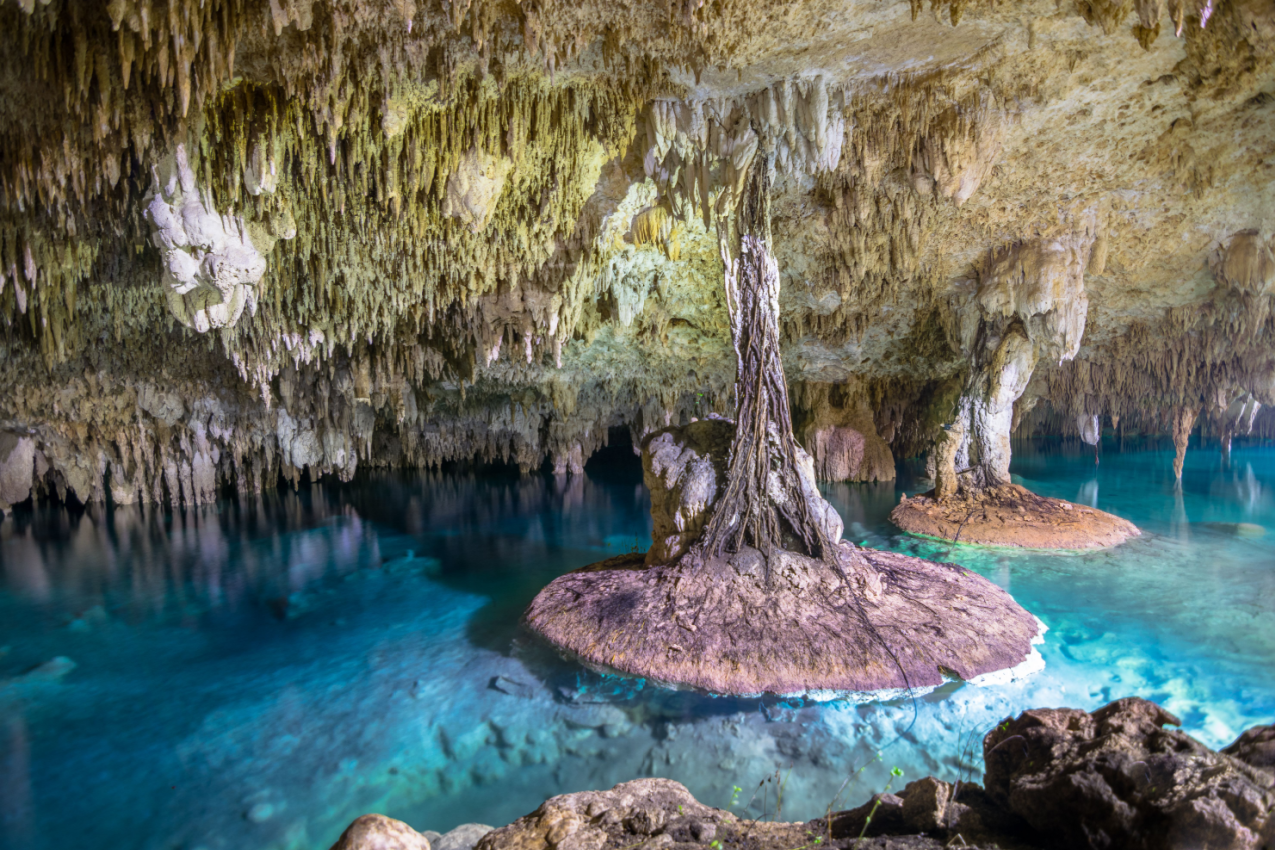
Mexico is home to the world’s biggest chain of underwater caves, a captivating natural wonder that intrigues travelers and divers alike.
This network of submerged caves is known as the Sistema Sac Actun and is located in the Yucatán Peninsula, Mexico. It measures an astounding 364 kilometers (226 miles) in length, featuring interconnecting caverns, caves, and cenotes (natural sinkholes) formed over a long period.
The Sistema Sac Actun is a natural marvel where numerous remnants of extinct animal and human species have been found. These finds shed important light on the long history of the area and the existence of ancient human civilizations.
25. Mexican Tequila Is Made From the Blue Agave Plant
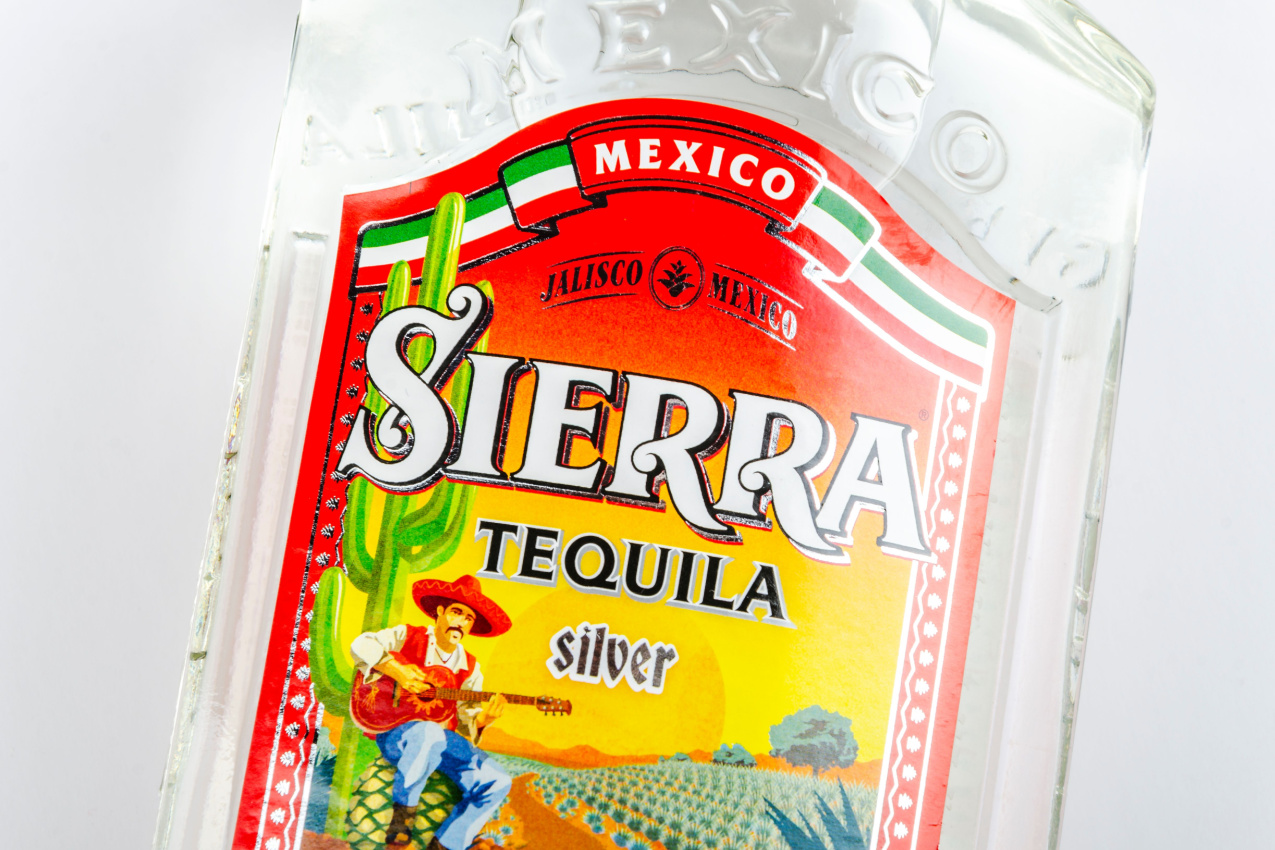
A round of shots for this next fact! Mexican tequila, a well-known spirit around the world, is made from the blue agave plant, which is indigenous to Mexico!
The blue agave, scientifically known as Agave Tequilana Weber, is mainly farmed in the Mexican state of Jalisco — this is the key difference between Mexican tequila and other agave-based drinks.
Tequila can only be called tequila if made in specific locations of Mexico, most notably the state of Jalisco, just as champagne can only be called champagne if it’s produced in France’s Champagne region.
26. Mexico’s Official Name Is United Mexican States

Did you know that Mexico isn’t the official name of the country? Yes, its official name is the United Mexican States or Estados Unidos Mexicanos in Spanish.
The name “United Mexican States” was coined in 1824, when Mexico founded its first federal constitution following its independence from Spain. Mexico is divided into 31 states, with Mexico City being the country’s capital.
While the term “United Mexican States” is the official name, it’s less commonly used in everyday conversation. In most contexts, including international affairs, the country is simply referred to as Mexico.
27. Mexico Has Women-Only Subway Trains, Buses, and Taxis

In certain cities in Mexico, women-only subway trains, buses, and taxis are designed to provide women with a safer and more comfortable transportation option.
For example, some subway cars in Mexico City cater exclusively to women and children. Similarly, some cities have women-only buses and cabs, especially late at night when safety concerns may be more prevalent.
This women-only transit system provides a safe travel method for women designed so they wouldn’t have a reason to fear unwanted attention or harassment. Mexico, bravo!
28. The first Printing Press in the Americas Was Established in Mexico
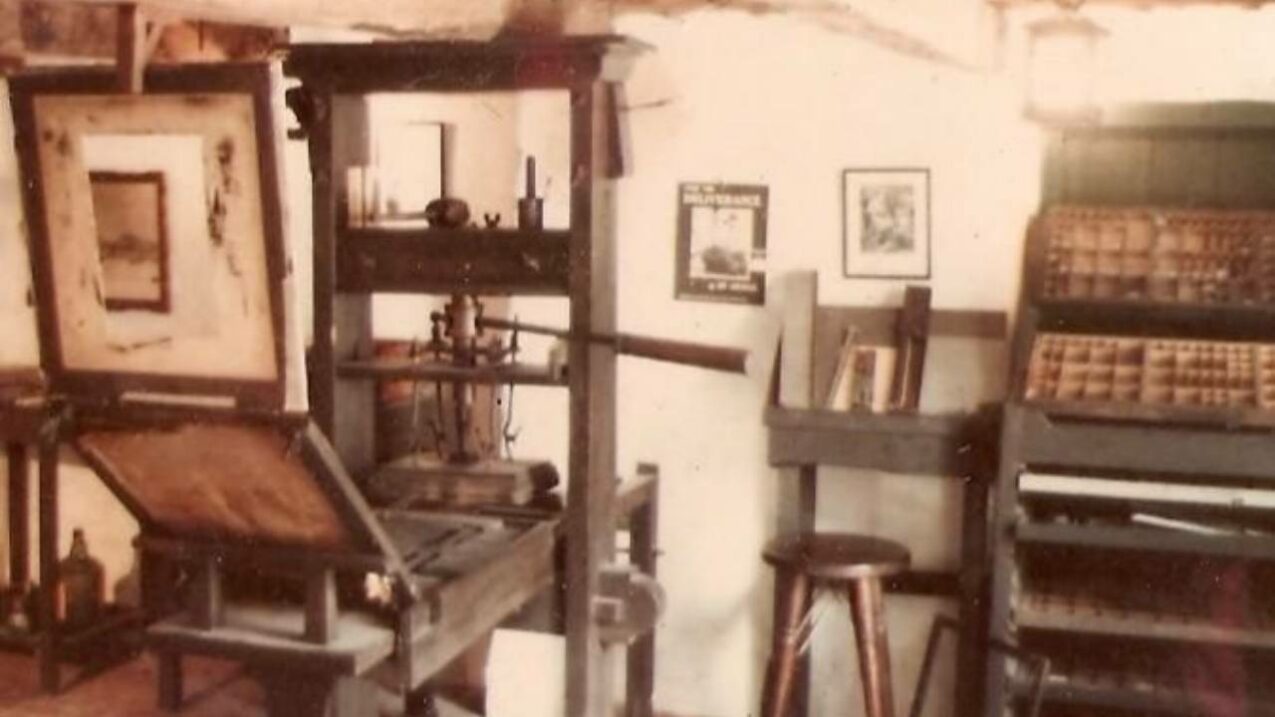
The first printing press in the Americas was established in Mexico, marking a watershed moment in writing and publishing history.
The printing press was brought by Juan Pablos from Spain and was established in Mexico City in 1539. The first book printed on this press was “Brevsima relación de la destrucción de las Indias” (A Short Account of the Destruction of the Indies) by Bartolome de las Casas. This significant discovery was the turning point for spreading knowledge and education across the New World.
29. Mexico’s Boogeyman Is la Llorona (The Weeping Woman)

As kids, we all cowered beneath our covers, hearts racing, convinced that even the slightest creak in the night signaled the ominous presence of the boogeyman. In Mexico, this boogeyman is none other than La Llorona, also called “The Weeping Woman.”
La Llorona was once a beautiful woman, but her husband’s cheating caused such great heartache that she drowned her children in a river as revenge. Because of this, La Llorona was doomed to an eternity of wandering the earth in pursuit of her lost children. Her ghost is typically depicted as a crying woman in a long white robe who haunts lakes, rivers, and other bodies of water. Spooky!
30. Mexico Is Home to the Alley of the Kiss
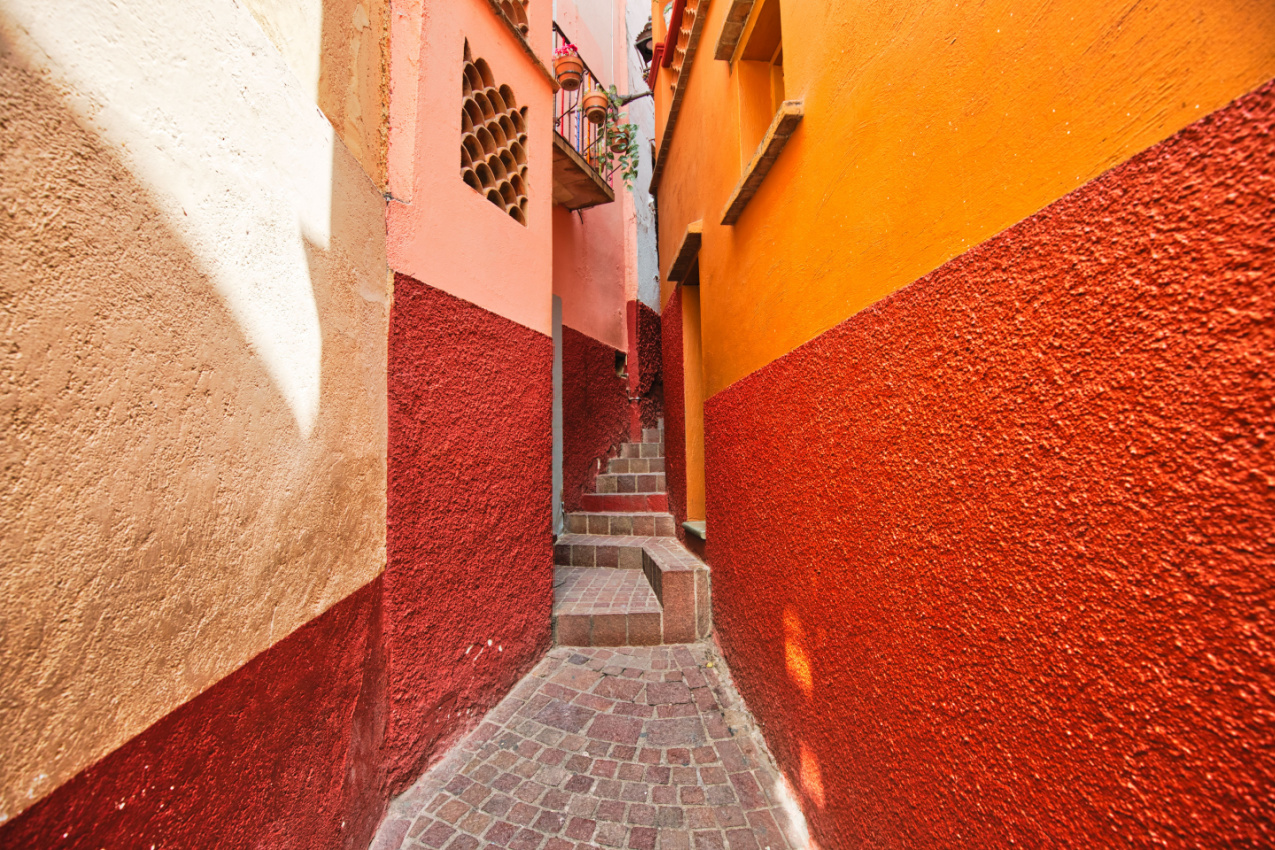
The central Mexican city of Guanajuato is home to the unique Callejón del Beso, also known as the Alley of the Kiss.
This little alleyway is well-known for its love narrative from the 17th century. According to the story, Carlos, a poor miner, and Ana, an upper-class young woman, lived on this street and fell profoundly in love.
However, Ana’s father disapproved of their relationship. Carlos and Ana’s houses were just across the street from each other, with only a few inches between their balconies, so despite the disapproval, the couple would meet on their balconies and kiss passionately. When Ana’s father finally discovered their secret romance, he stabbed his daughter in a fit of rage, and Carlos, heartbroken about Ana’s death, committed suicide in the same spot.
Visitors travel to Callejón del Beso today to partake in this romantic tradition, leaving lipstick traces on the walls as a monument to their love. The alley has become a symbol of eternal love and the power of romance, bringing a touch of enchantment to Guanajuato’s streets.
Conclusion
Who would have thought that Mexico has such a treasure trove of fun facts and captivating stories, right? We hope you liked every single one of them!
Mexico is truly one magical land where the first printing press graced the New World, where the echoes of ancient civilizations still resonate, and where legends like La Llorona send shivers down our spines. We learned many interesting facts, tasted its renowned cuisine, danced to the melodies of mariachi music, and marveled at the artistic genius of Frida Kahlo.
So let’s drink to the glories of Mexico and sip the finest tequila created from blue agave. May this magnificent country’s rich history, gorgeous scenery, and lively culture continue to captivate us!

